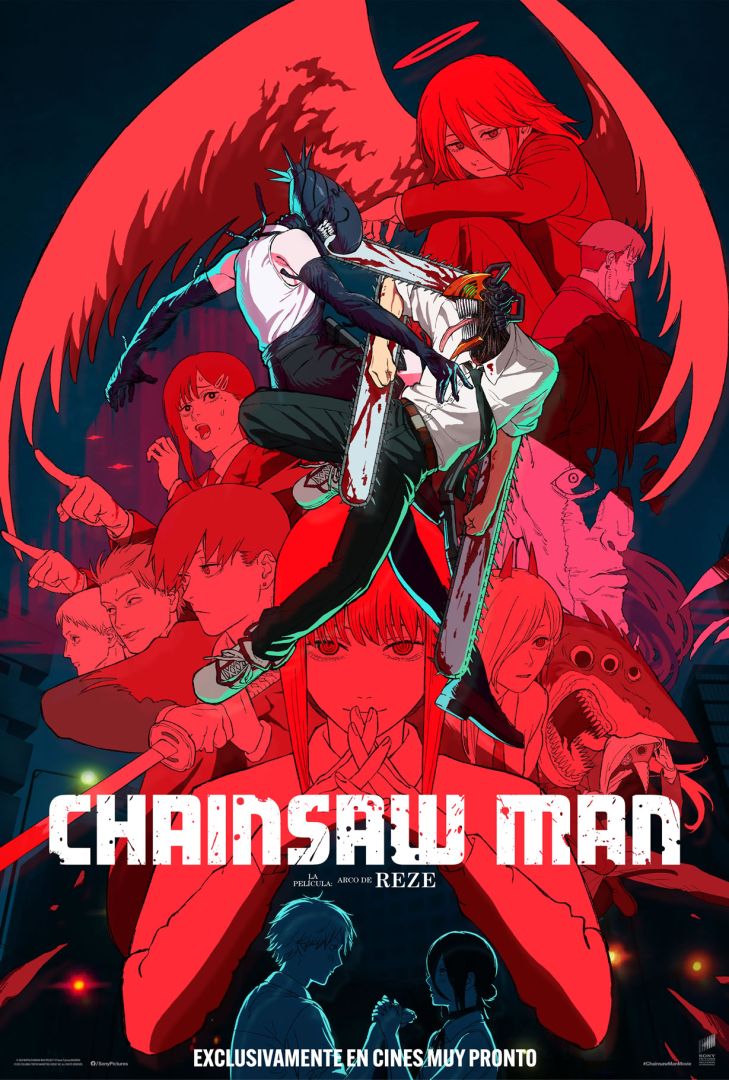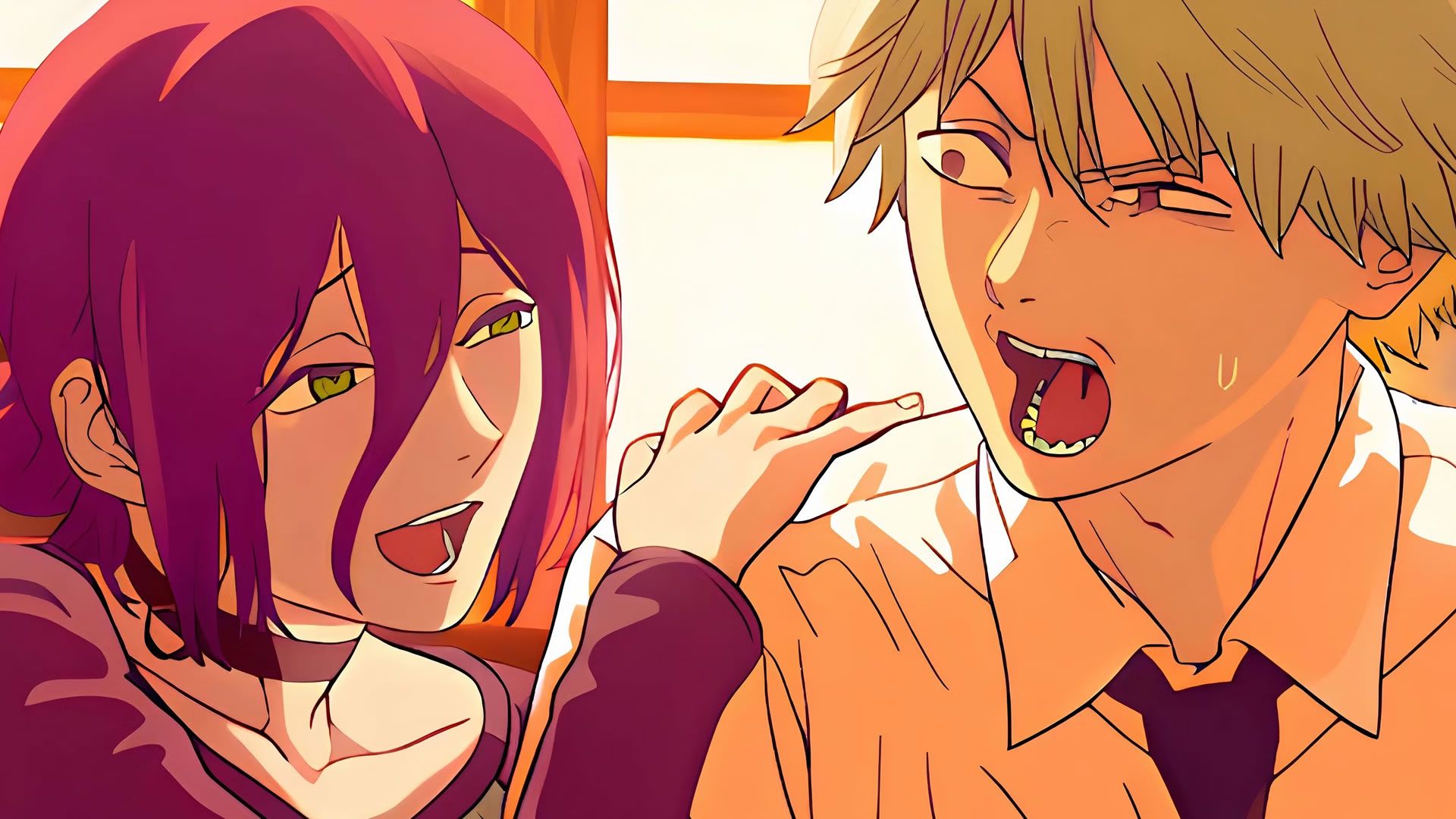Chainsaw Man: Reze Arc came to theaters with an adaptation that pays tribute to the art of Tatsuki Fujimoto and, at the same time, expands its narrative universe. From its first scene in black and white with a square format—a direct reference to the manga—the film makes it clear that MAPPA sought to capture the original essence while introducing new visual and emotional layers to the story.
Although the film is a faithful version, it also adds details that delve into the characters' motivations and expand on key moments. Below we review the seven most important changes that the film introduces with respect to the original manga.

1. Makima and a clearer hint at her true intentions
In the movie scene, Makima places her head on Denji's chest like in the manga, but the movie emphasizes the sound of her heart and the moment is prolonged with a slight sigh that hints that she look for Pochita inside him. This nuance transforms a tender interaction into a disturbing moment that anticipates his future role.
2. The Typhoon Devil offers a much more intense battle
While in the manga the fight with him Typhoon Devil Taking up just a few pages, the film version expands the combat with spectacular sequences and visual effects that evoke the art of Fujimoto's covers. Even the iconic green blood from volume 1 is recreated, providing a visual nod for long-time readers.
3. The final confrontation with Reze is expanded with new scenes
The duel between Denji and Pray it becomes a more emotional and physical sequence. The fight includes unprecedented movements by Denji with his chains and culminates with an underwater scene in which Reze rests his head on Denji's shoulder, conveying a more intimate and tragic farewell than in the manga.
4. An insect as a visual metaphor for deception
During the date at school, the film intersperses images of a spider catching a motha symbol of Reze's deception and manipulation towards Denji. This visual motif not only reinforces its double play, but also alludes to the invisible control that Makima exerts on both characters.
5. The serial killer takes on a more sinister tone
The film intensifies the horror of Reze's encounter with the killer by briefly showing a bloodied victim before the attack. This inclusion reinforces the horror tone and makes the villain a more tangible threat, contrasting Denji's emotional naivety.
6. The plane as a symbol of Reze's trauma
A recurring image in the film shows a plane flying over Reze. This motif, absent in the manga, symbolizes vigilance and the burden of his mission. It represents the weight of her past and her inability to escape the orders that bind her, while anticipating the themes of the future. International Assassins Arc.
7. The iconic pool scene takes on new meaning
The most remembered moment between Reze and Denji receives more emotional treatment. The music and animation reinforce the bond between the two, showing that, beyond the fanservice, the scene represents Denji's first genuine love and the ephemeral happiness that fate takes away from him.
With these changes, Chainsaw Man: Reze Arc demonstrates that an adaptation can be faithful and, at the same time, sensitively reinterpret the source material. MAPPA manages to capture the essence of the manga, adding symbolism, emotion and cinematic rhythm to a story that continues to resonate with fans.
What did you think of the changes in Chainsaw Man: Reze Arc compared to the original manga?
